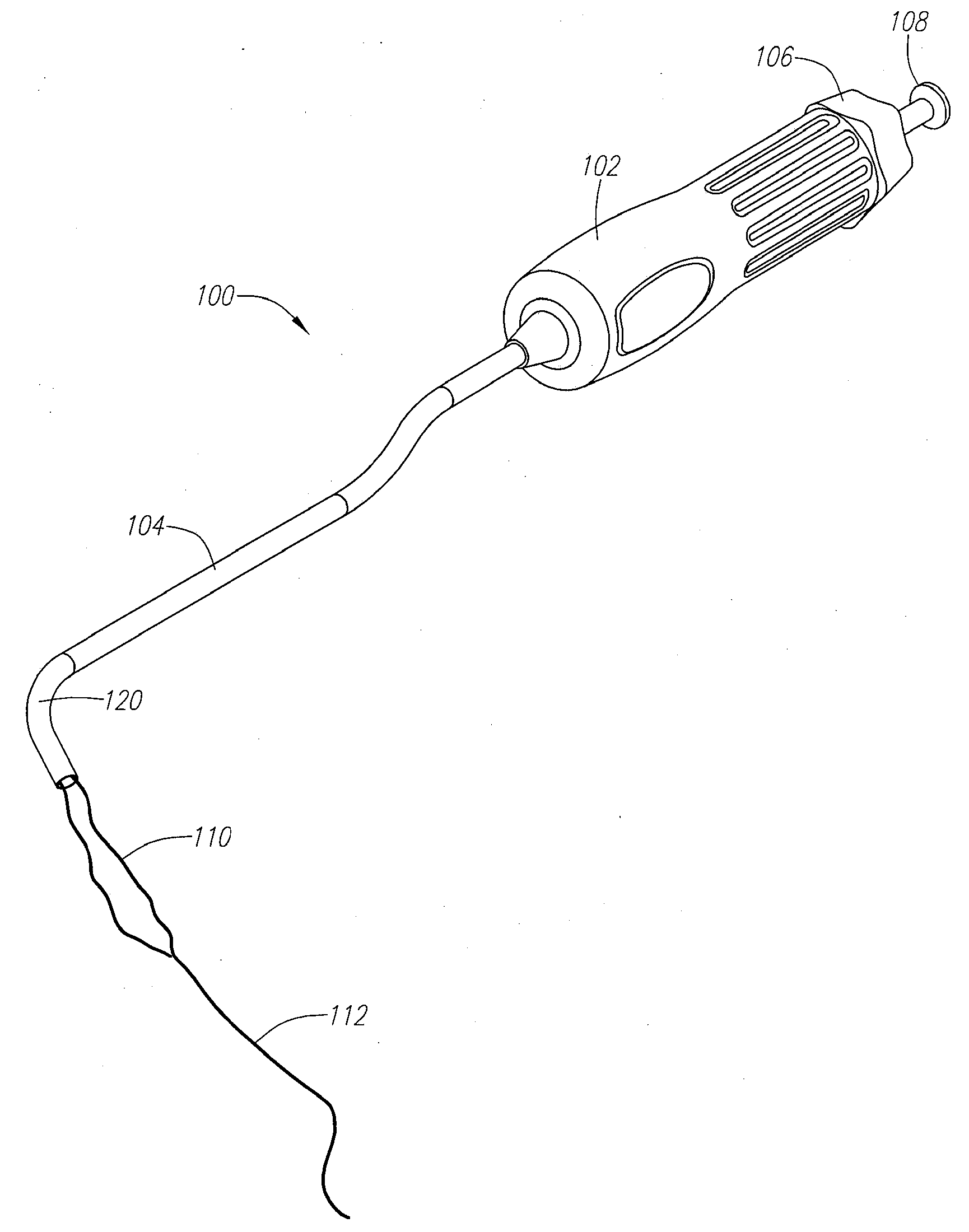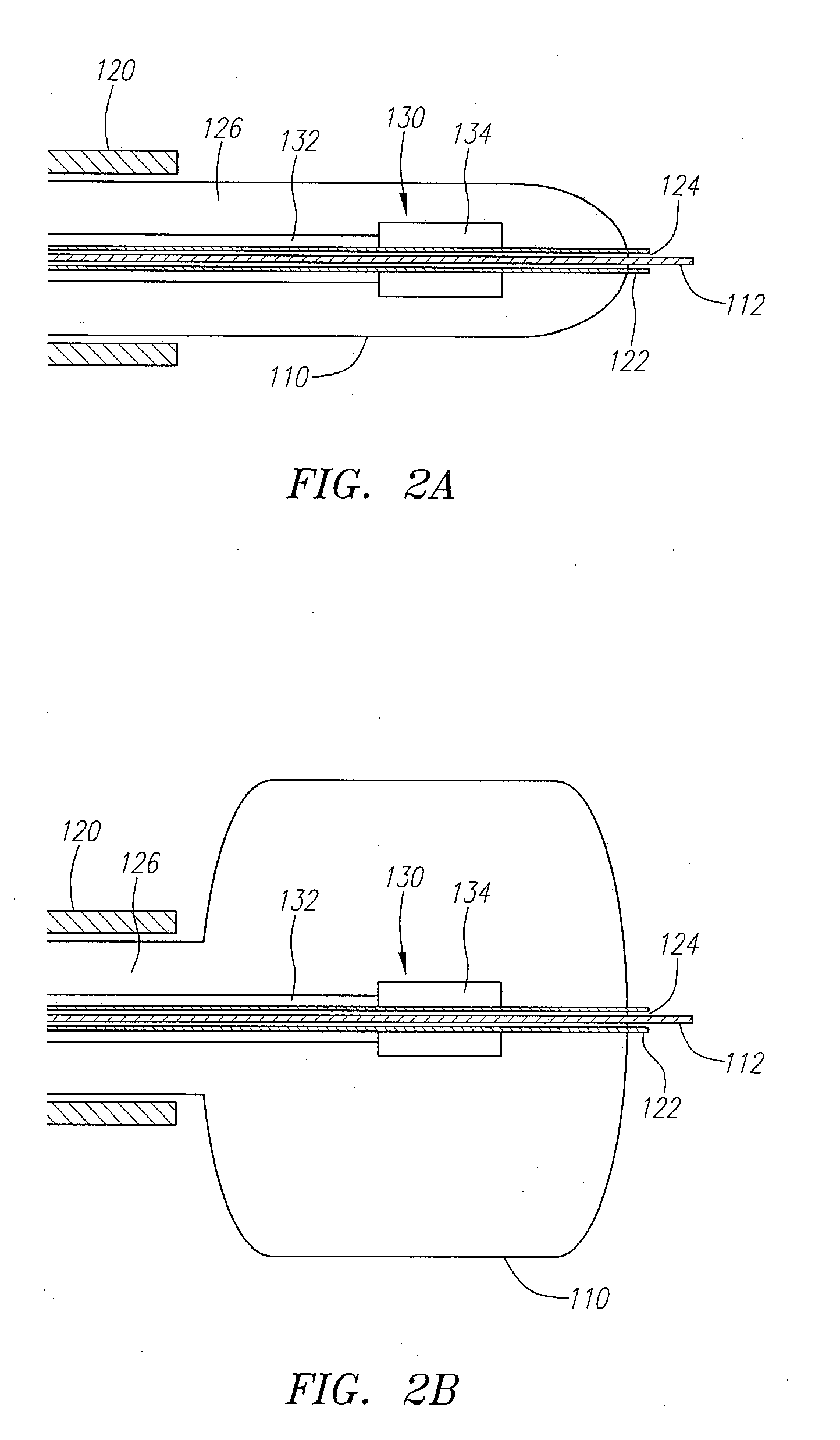Assessment Of Aortic Heart Valve To Facilitate Repair Or Replacement
a technology for aortic heart valves and aortic valves, applied in the field of medical devices and methods, can solve problems such as affecting the repair or replacement of aortic heart valves, and unable to resist deployment, so as to improve the imaging process, reduce the scattering of imaging energy, and increase the transmission capability of ultrasonic waves
- Summary
- Abstract
- Description
- Claims
- Application Information
AI Technical Summary
Benefits of technology
Problems solved by technology
Method used
Image
Examples
Embodiment Construction
[0052]The present invention is directed to methods and devices for assessing the shape, size, topography, contours, and other aspects of anatomical vessels and organs using minimally invasive surgical techniques. As summarized above, the devices are typically catheter-based devices having one or more assessment mechanisms associated with the distal portion of the catheter. Such devices are suitable for use during less invasive and minimally invasive surgical procedures. However, it should be understood that the devices and methods described herein are also suitable for use during surgical procedures that are more invasive than the preferred minimally invasive techniques described herein.
[0053]Before the present invention is described, it is to be understood that this invention is not limited to particular embodiments described, as such may, of course, vary. It is also to be understood that the terminology used herein is for the purpose of describing particular embodiments only, and ...
PUM
 Login to View More
Login to View More Abstract
Description
Claims
Application Information
 Login to View More
Login to View More - R&D
- Intellectual Property
- Life Sciences
- Materials
- Tech Scout
- Unparalleled Data Quality
- Higher Quality Content
- 60% Fewer Hallucinations
Browse by: Latest US Patents, China's latest patents, Technical Efficacy Thesaurus, Application Domain, Technology Topic, Popular Technical Reports.
© 2025 PatSnap. All rights reserved.Legal|Privacy policy|Modern Slavery Act Transparency Statement|Sitemap|About US| Contact US: help@patsnap.com



